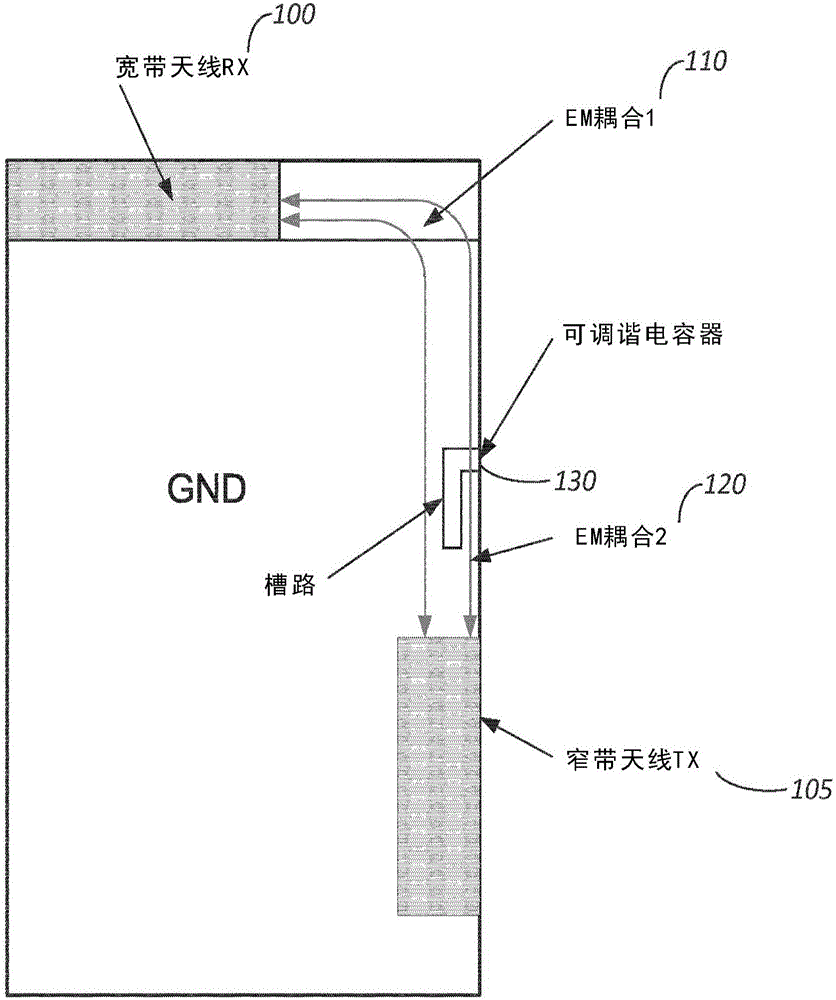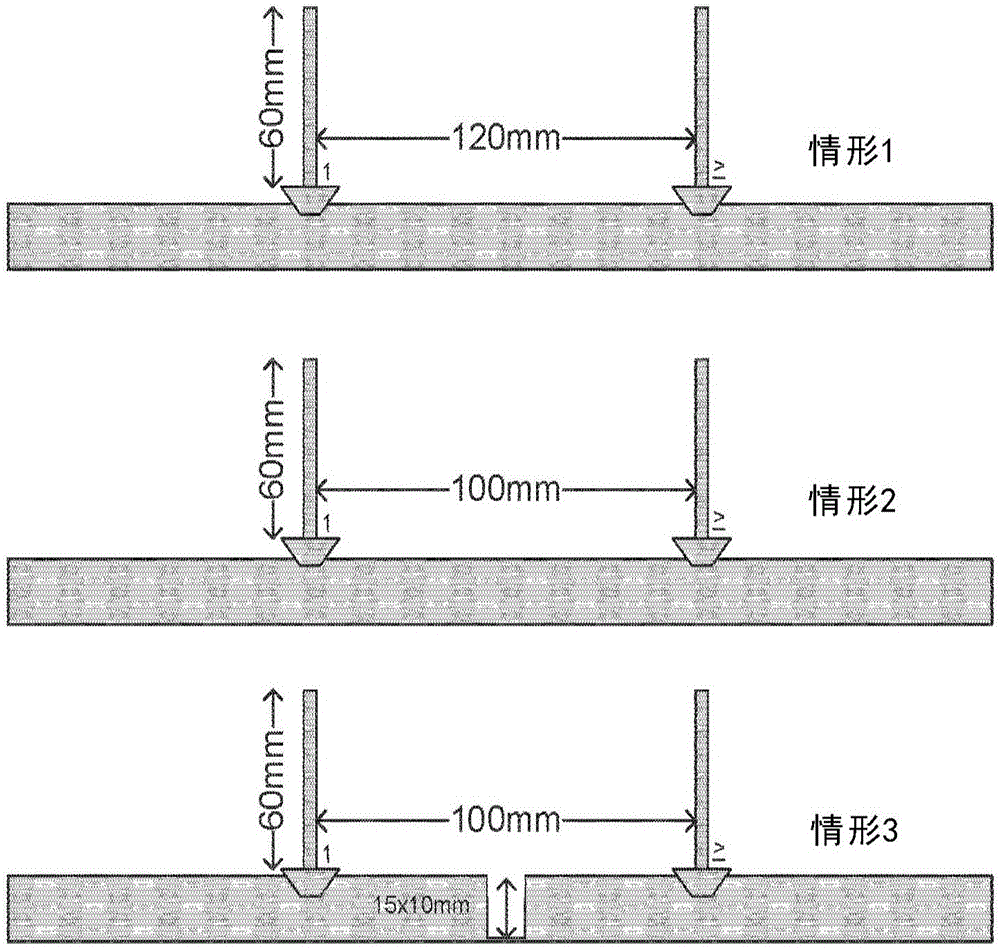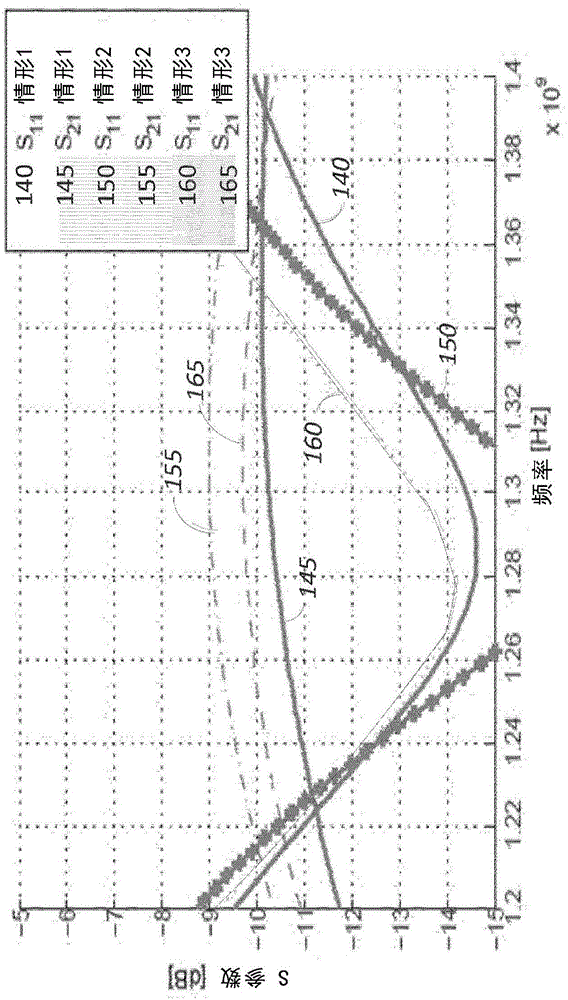Antenna card for controlling and tuning antenna isolation to support carrier aggregation
An antenna, coupled current technology, applied in the third generation partnership project long-term evolution network, wireless or cellular communication antenna field, can solve the problem of mutual coupling increase
- Summary
- Abstract
- Description
- Claims
- Application Information
AI Technical Summary
Problems solved by technology
Method used
Image
Examples
Embodiment Construction
[0018] Antenna isolation is very important for the antenna front end of smartphones and similar mobile devices. Therefore, the development of reliable, general and practical isolation mechanisms is the key to success. Practical problems arise when implementing decoupling methods into products. Many methods rely on well-defined near-field distributions and symmetries to achieve decoupling. Perturbations in the near field will seriously hinder performance. From a smart device front-end antenna perspective, the most difficult requirement is in-band continuous carrier aggregation (CA), since the system relies on narrowband tuned antennas for isolation. In this context, a narrowband antenna refers to an antenna that covers a smaller portion of the frequency band than either the RX antenna or the TX antenna at any given moment.
[0019] For the low frequency bands (699-960MHz) used in LTE, the antenna uses essentially the entire printed circuit board (PCB) for radiation, and the ...
PUM
 Login to View More
Login to View More Abstract
Description
Claims
Application Information
 Login to View More
Login to View More - R&D
- Intellectual Property
- Life Sciences
- Materials
- Tech Scout
- Unparalleled Data Quality
- Higher Quality Content
- 60% Fewer Hallucinations
Browse by: Latest US Patents, China's latest patents, Technical Efficacy Thesaurus, Application Domain, Technology Topic, Popular Technical Reports.
© 2025 PatSnap. All rights reserved.Legal|Privacy policy|Modern Slavery Act Transparency Statement|Sitemap|About US| Contact US: help@patsnap.com



